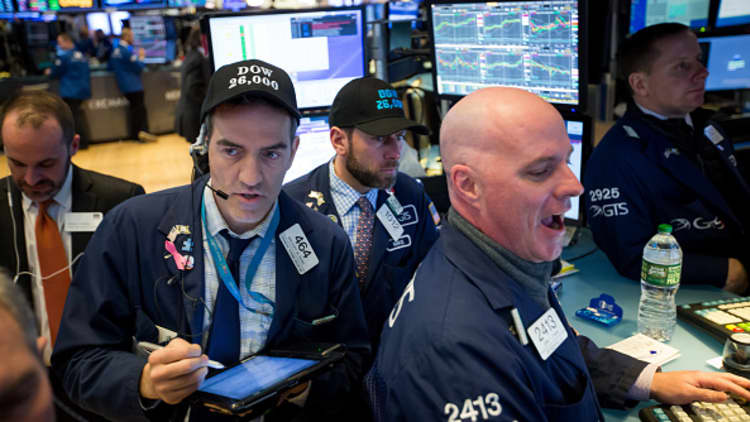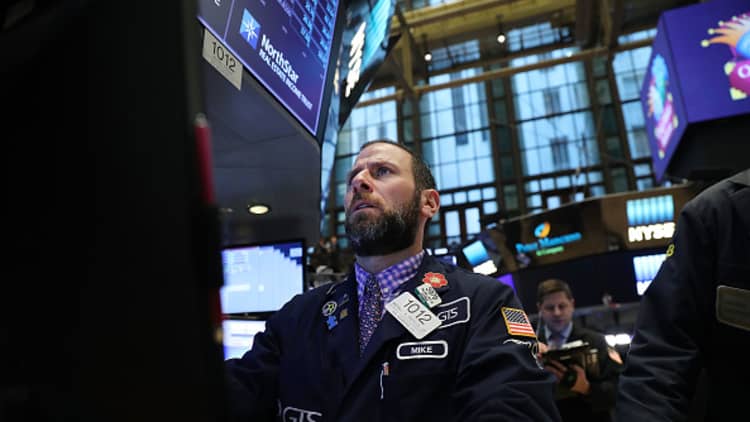The company behind one of the last VIX volatility products is making moves to reduce the volatility of the funds.
ProShare Capital Management late Monday night announced it was reducing leverage on the ProShares Short VIX Short-Term Futures ETF (SVXY) and the ProShares Ultra VIX Short-Term Futures ETF (UVXY), effective at the close of trading Tuesday.
"This is unprecedented, it's the first time I have seen anyone change the leverage, particularly since it just happened overnight," Pravit Chintawongvanich, head of derivative strategies from Macro Risk Advisors.

Buying the SVXY was a bet that volatility would go down. The fund's value has dropped nearly 90 percent this month as volatility exploded. A competitor fund, the VelocityShares Daily Inverse VIX (XIV), also was decimated and has since closed.
The SVXY was based on a simple concept: It would react in the opposite direction of volatility. So, if volatility (based on a basket of VIX futures) went down 10 percent, the fund was designed to gain 10 percent. But the opposite would also hold true: If volatility rose 10 percent, the fund would drop 10 percent.
ProShares is now reducing the amount of leverage involved. The SVXY will now seek results that are half as much as the reverse of the index in a single day. So if volatility rises 10 percent on a given day, the fund will only drop 5 percent, not 10 percent as it would have dropped before.
The UVXY was designed to magnify the movement of volatility and it will also see its leverage reduced. It will seek results that correspond to one and one-half times (1.5x) the performance of the index for a single day, rather than two times (2x). So if volatility goes up 10 percent, the fund will rise 15 percent, rather than the 20 percent it would have risen before.
ProShares declined to comment beyond their press release, but Chintawongvanich noted that the move "reduces the impact of their own trading on the market, and it makes it much less likely the funds will just blow up."
He's right about that. Under the old regime, the VIX futures had to go up 100 percent for the SVXY to go to zero. Now volatility has to go up 200 percent for that to happen.
Chintawongvanich also noted that reducing the leverage was likely "not 100 percent voluntary." He noted that margins on VIX futures had recently been raised (from about 40 percent to over 60 percent), so traders in volatility products had less room before they got margin calls. That may have been a factor
What's this all mean? "They are trying to keep the product alive, because they believe volatility is still an investable asset," Tom Lydon from etftrends.com told me.
"The question is, do all these VIX volatility products go away, or is there a half-way to play it?" he added. "They obviously think there is a strategic move to make, and they still believe that there are people willing to invest in volatility."
WATCH: Costa says market fall about rates



